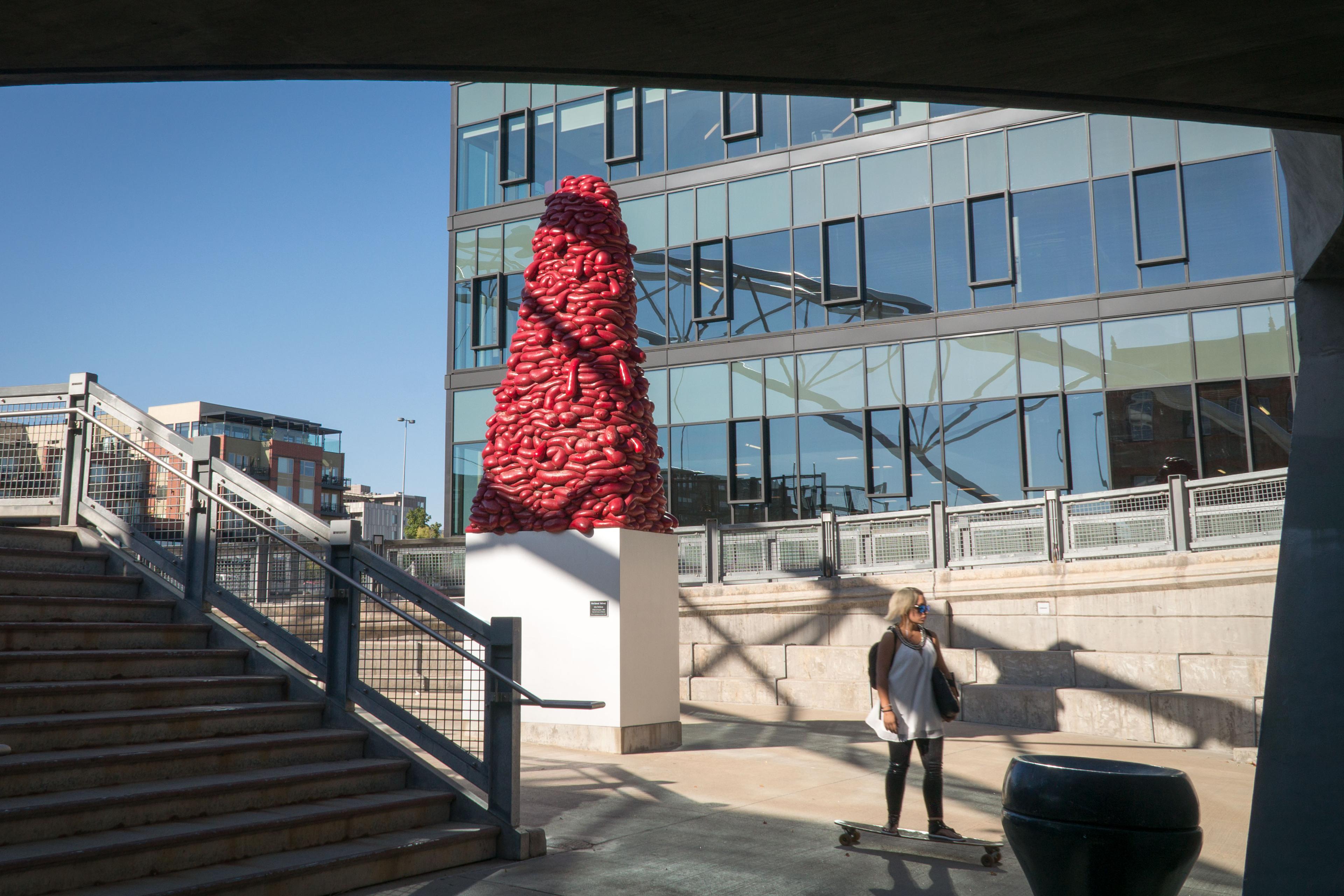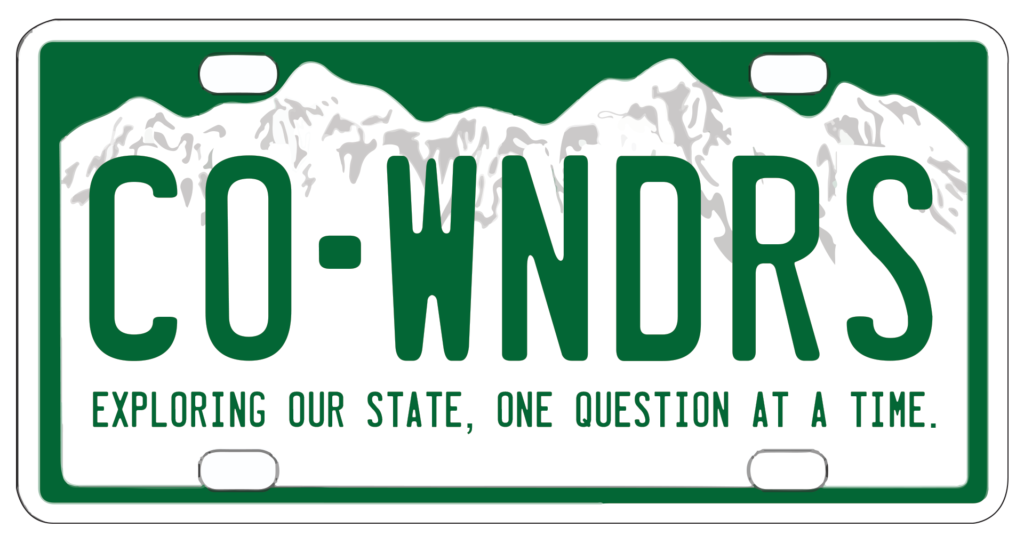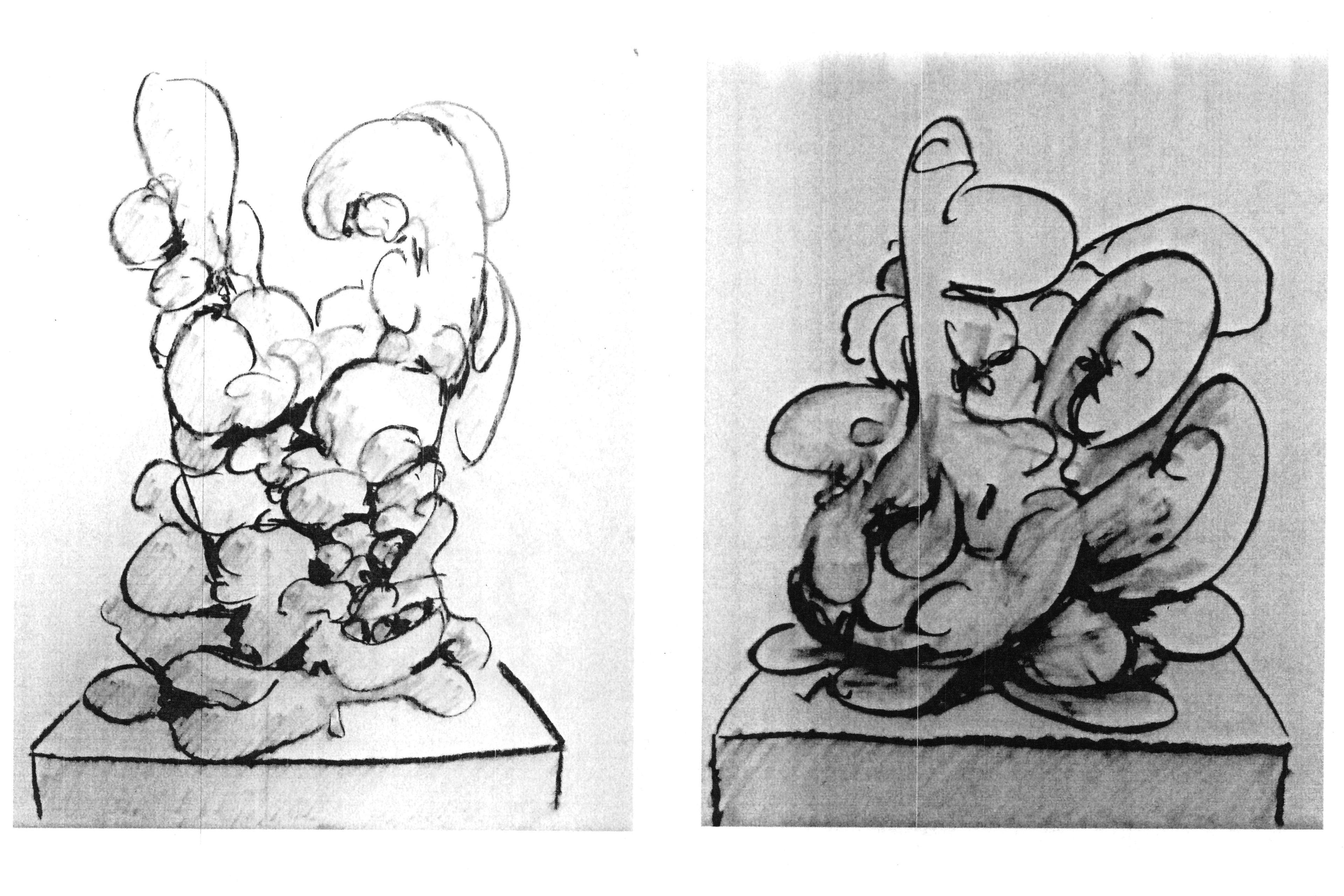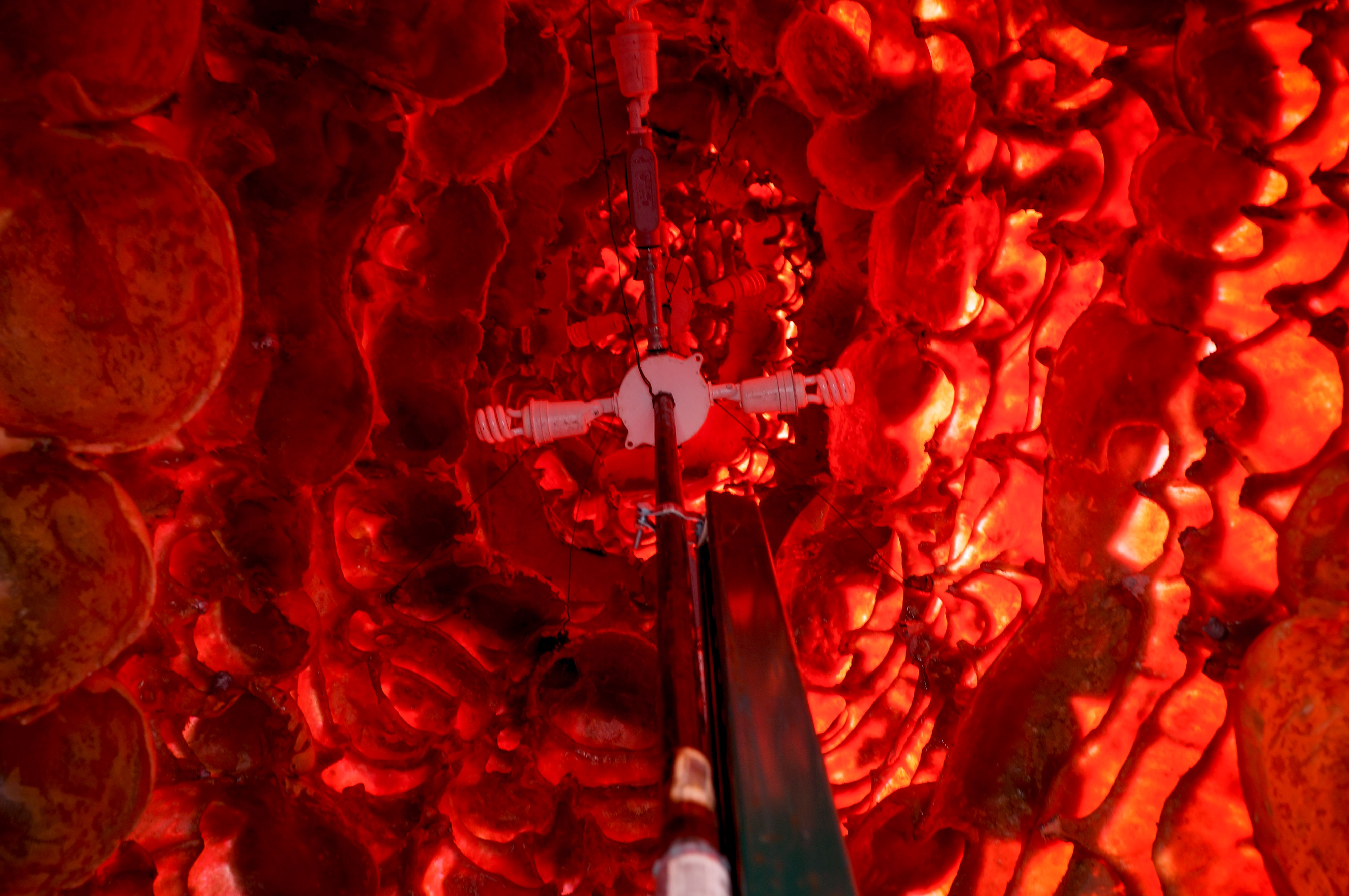
You’ve seen it, right? The jelly-bean-looking tall red sculpture with bulbous lumps is parked right next to the 16th Street Pedestrian Bridge and can be seen from I-25.
It’s called “National Velvet,” and it’s the work of Denver visual artist John McEnroe.
Becca Binet of Wheat Ridge often walks in the area and the artwork “forces you to look at it.” Naturally, she’s curious what the deal is and asked Colorado Wonders about it.
“The shape could be kind of fun and goofy, but the color lends itself to be something a little more serious, in my opinion,” she said.
It’s been hard to ignore “National Velvet” since it was installed in 2008. Denver Arts & Venues said it’s one of the most talked about pieces in the city’s public art collection — so much so that the city threw a block party for it in 2014 called The Big Red Street Fair.

If you ask people what they think the sculpture looks like, answers tend to run the gamut from a “pile of raw beef,” to “sausage links,” to “human intestines.”
Shortly after the sculpture went up, Dan Caplis, co-host of the now-defunct Caplis and Silverman show on KHOW, blasted it for its shape and said it was inappropriate. Caplis insisted McEnroe was making a sexual statement “with your money and right in your face.”
McEnroe called the broadcast “hours of hate chat,” but decided not to weigh in on the criticism because “artwork often needs to speak for itself.” The idiosyncratic sculpture is an abstract work “born out of a studio process,” McEnroe said. “It is a traditional object, an obelisk, made in a non-traditional way.”

McEnroe has had so many people demand he tell them what it is. He keeps having to say: “National Velvet does not represent anything. It is not a stand in for a political perspective, it is not a social idea, it is not an inside art joke, and it is not a night beacon alien seed pod (maybe).”
The original idea was an artwork that went underneath the pedestrian bridge made of retro-reflective tape. But engineers were concerned about bridge quality, nothing could cover it — so the project went back to the drawing board.
“One of my best friends makes prosthetic parts for human bodies and one of the materials he uses is a nylon,” McEnroe explained. “It’s sort of like pantyhose, but it’s an industrial kind of grade nylon and they use it to slip over a damaged body part before they make the prosthetic.”

Feeling experimental, McEnroe wanted to see what he could do with the material and started tying it up and pouring stuff into it.
“Sand seemed to be the most obvious one. I poured it in there and you could manipulate these things after they were closed off and make these very unique shapes that held their shape and became like little elements that I could build with — like bricks.”
When they had to refactor the pedestrian bridge artwork, McEnroe felt like, “well, you’re going to get what’s going on in my studio right now.” And the playful nylon and sand experiments was what was happening.
“I was as surprised as anyone that they said, ‘yeah, let’s make that,’” McEnroe exclaimed.

Working with a team, the sculpture took about nine months to complete. It was built in sections, stacking nylon bags of sand and snuggling them in at each layer to make a tapered obelisk. After the bulbous tower reached four feet, a resin was brushed on the surface to form a “sort of hard candy shell.”
“After that occurred, I went to the inside of the structure and cut the nylon, and the sand and the nylon all came out in a big pile on the floor,” McEnroe said. “I used a torch to burn the excess nylon off.”
All that was left was that plastic hulk — which was then taken to a hot rod shop paint booth for coats and coats of a special paint used on yachts. Binet wondered if the resin sculpture was heavy. Admittedly, the material doesn’t have a lot of heft. McEnroe and his assistant were able to carry it a section at a time by hand.
“I always worry about someday getting a call from Arts & Venues saying, ‘Hey, John, ‘National Velvet’ just blew over in a storm last night.’ That’s what keeps me awake at night,” McEnroe said.

So, we know how it was made, and why, but what about that name? Where’d that come from? Classic movie buffs are going to love this happy accident. It turns out, McEnroe was watching Turner Classic Movies while he was working and the 1944 Mickey Rooney and Elizabeth Taylor movie “National Velvet“ was on.
“It really caught my attention and I was knocked out by the title,” he said. “I thought, ‘what a grand set of words’ and that I wanted to leverage some of that excitement that’s in that title.”








